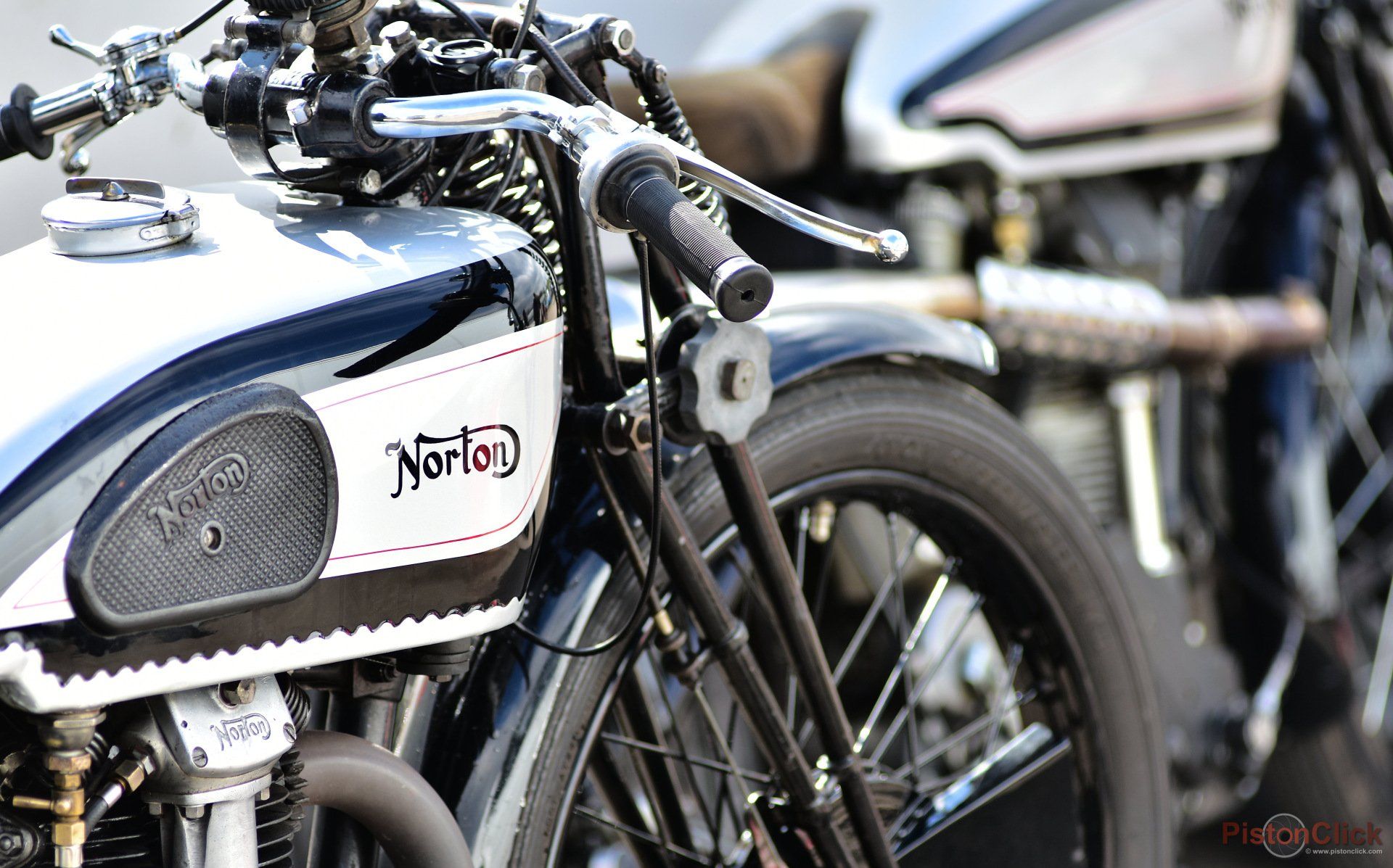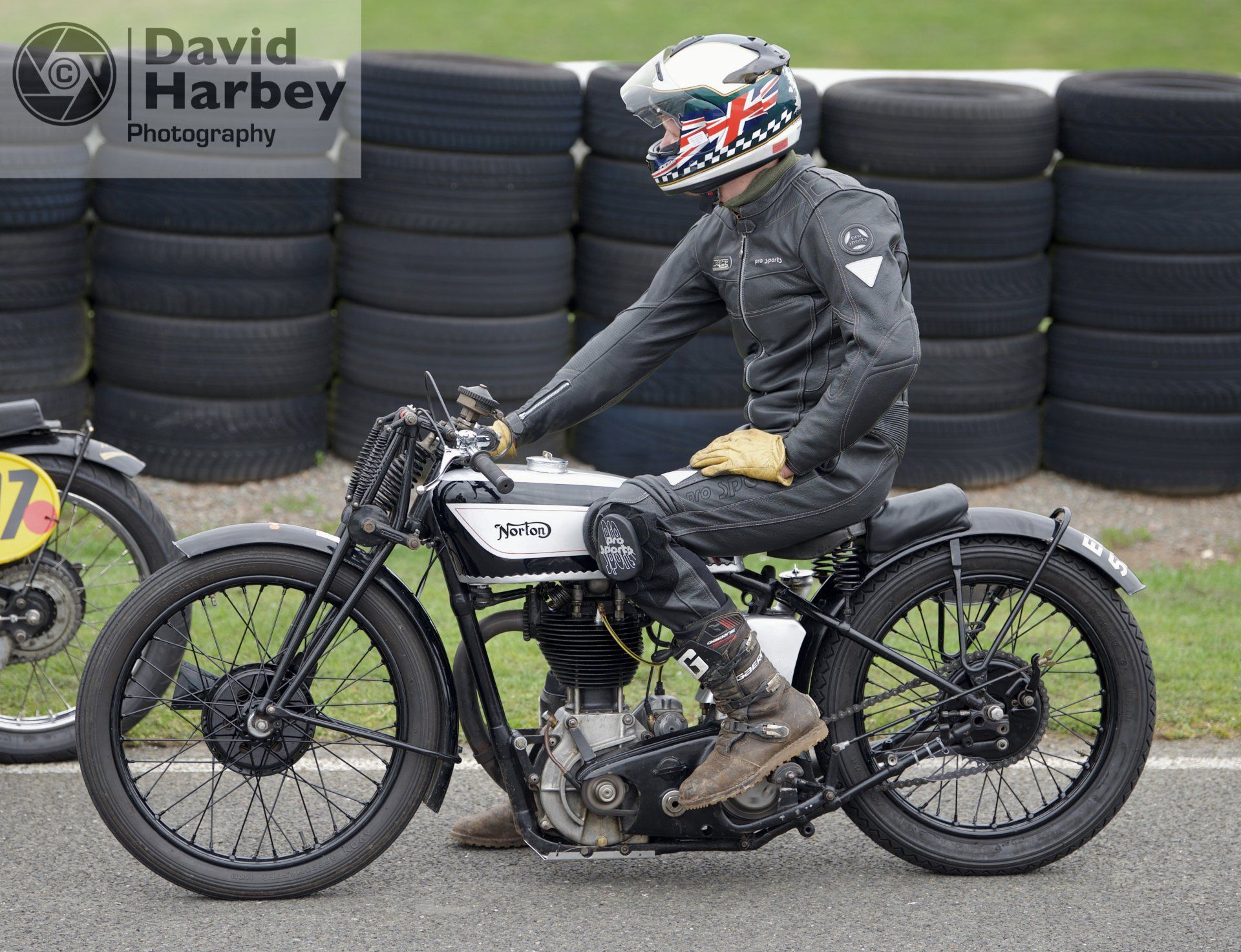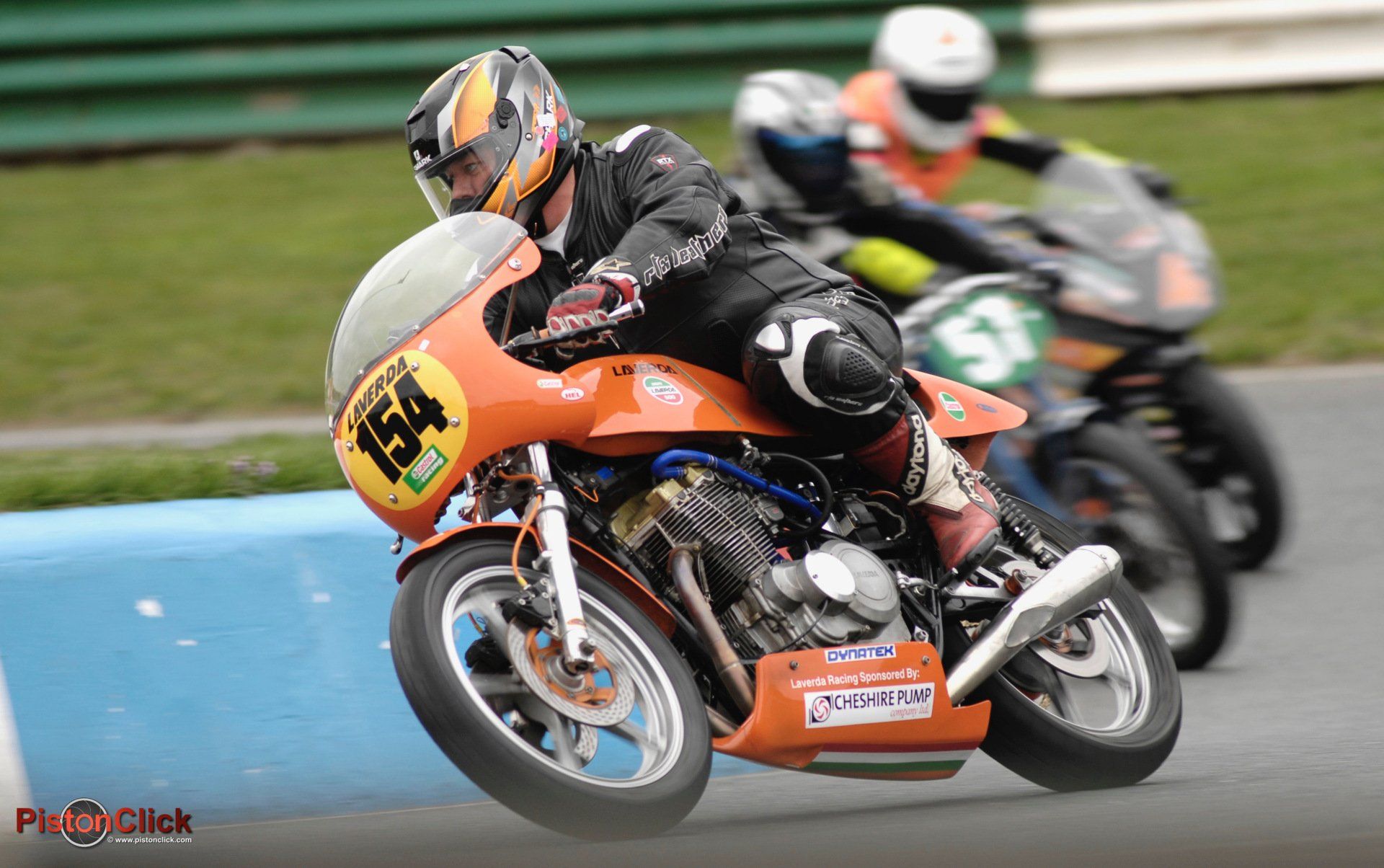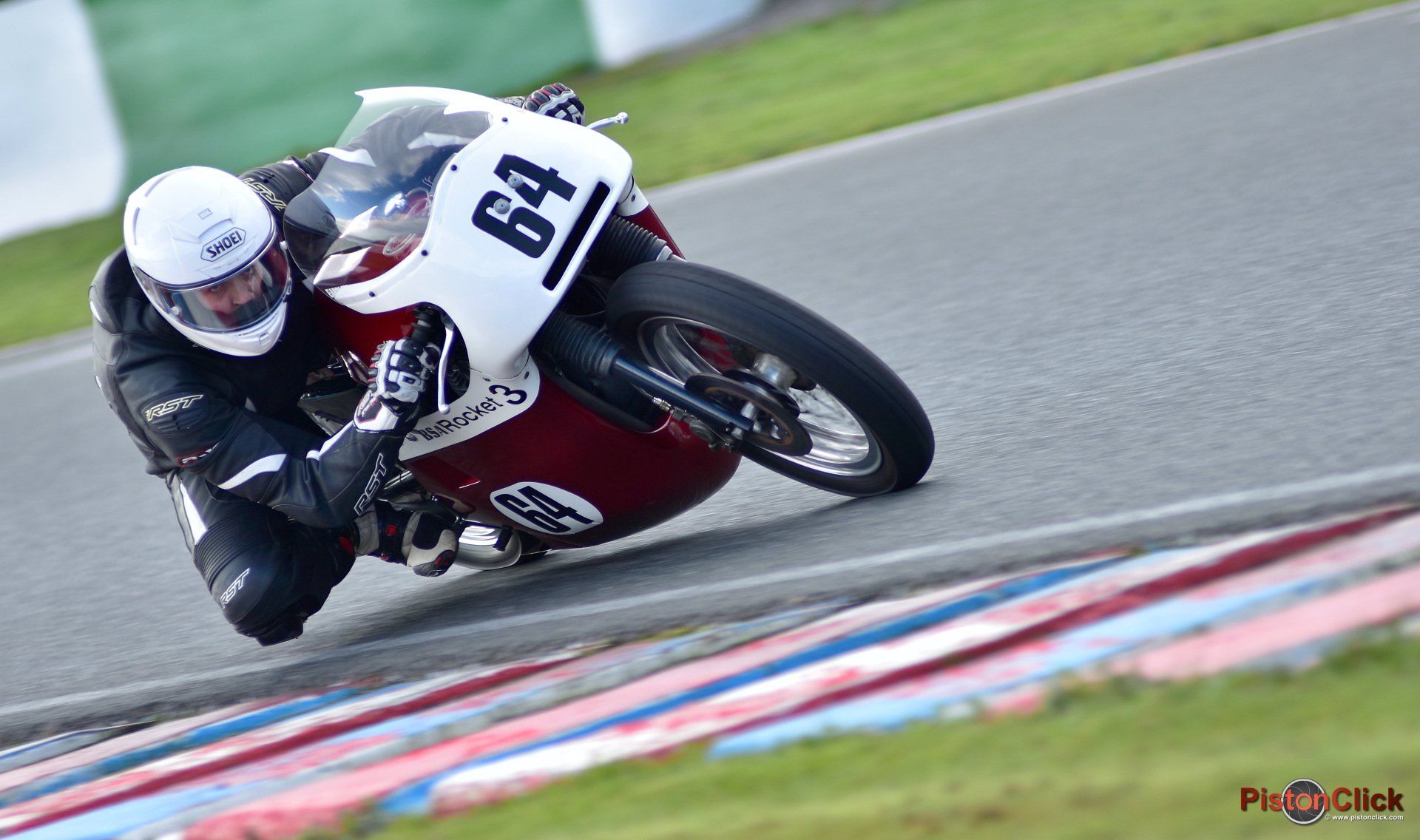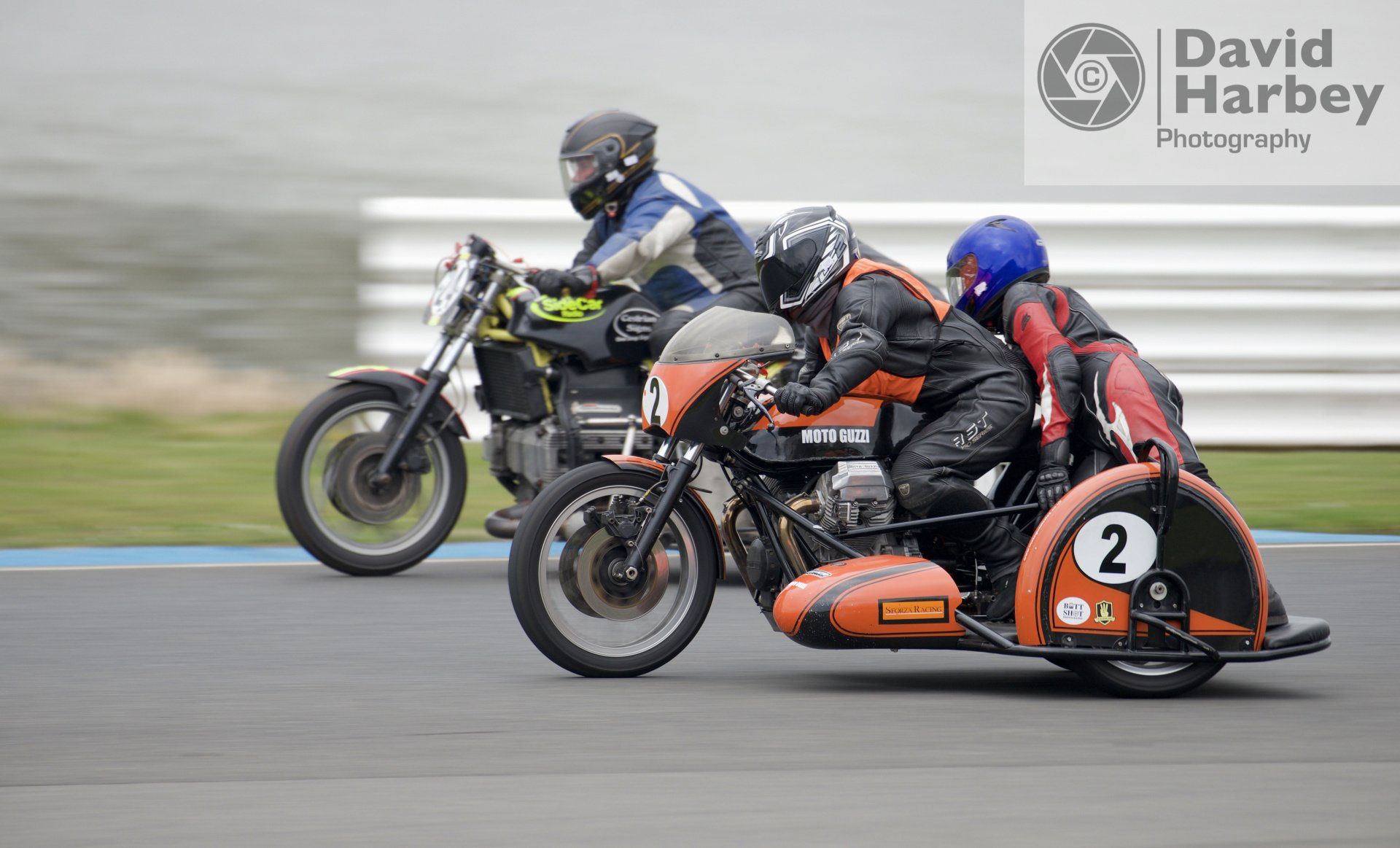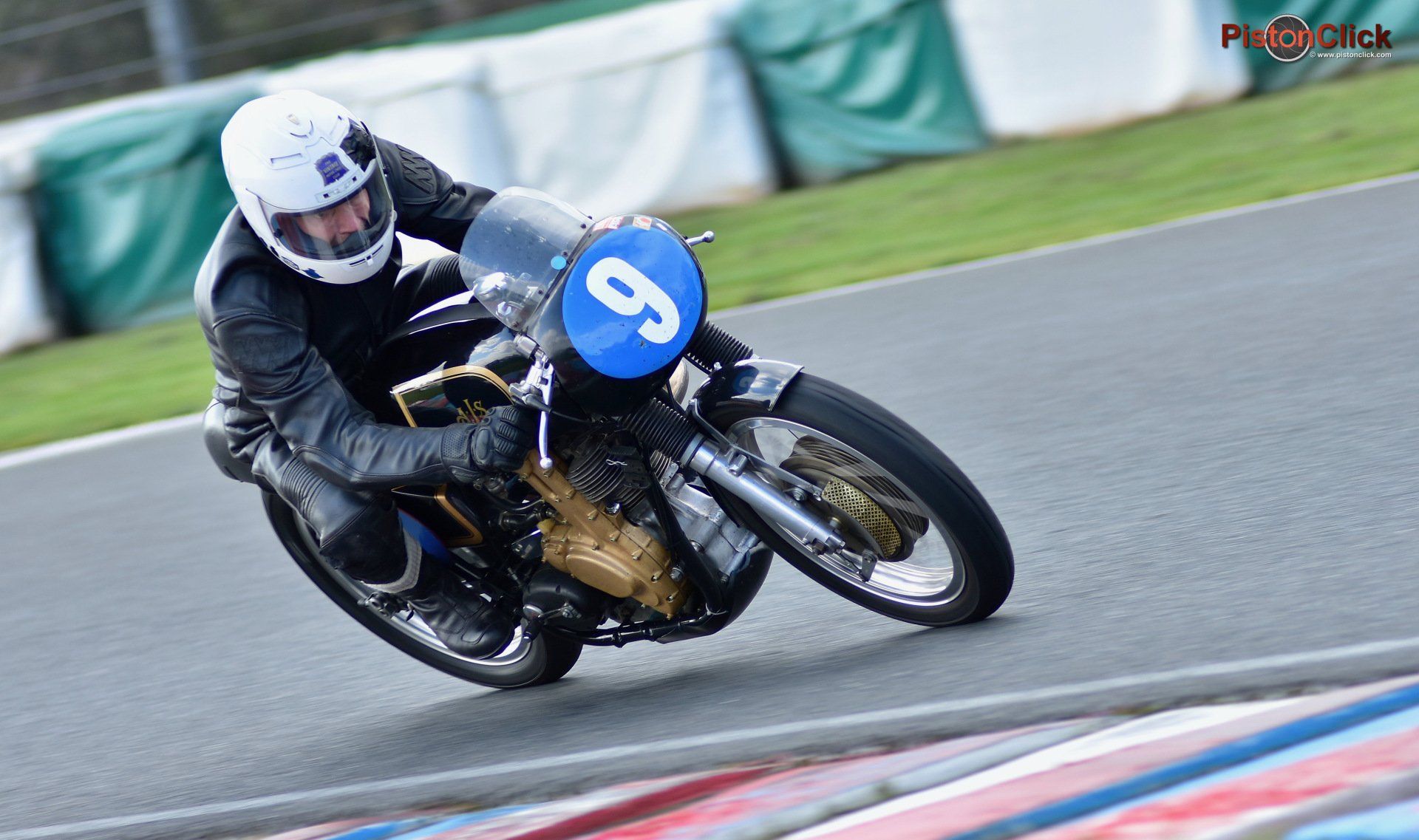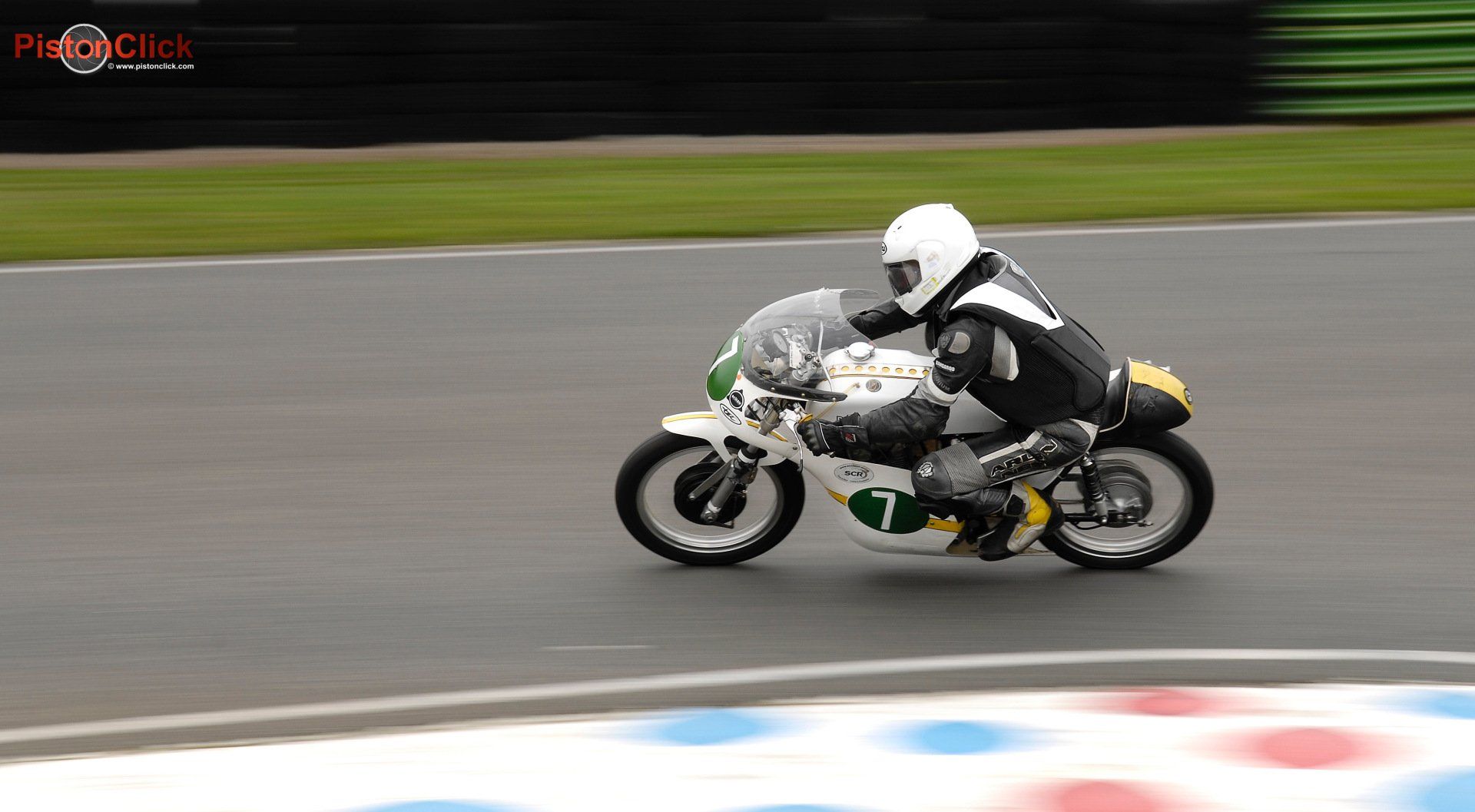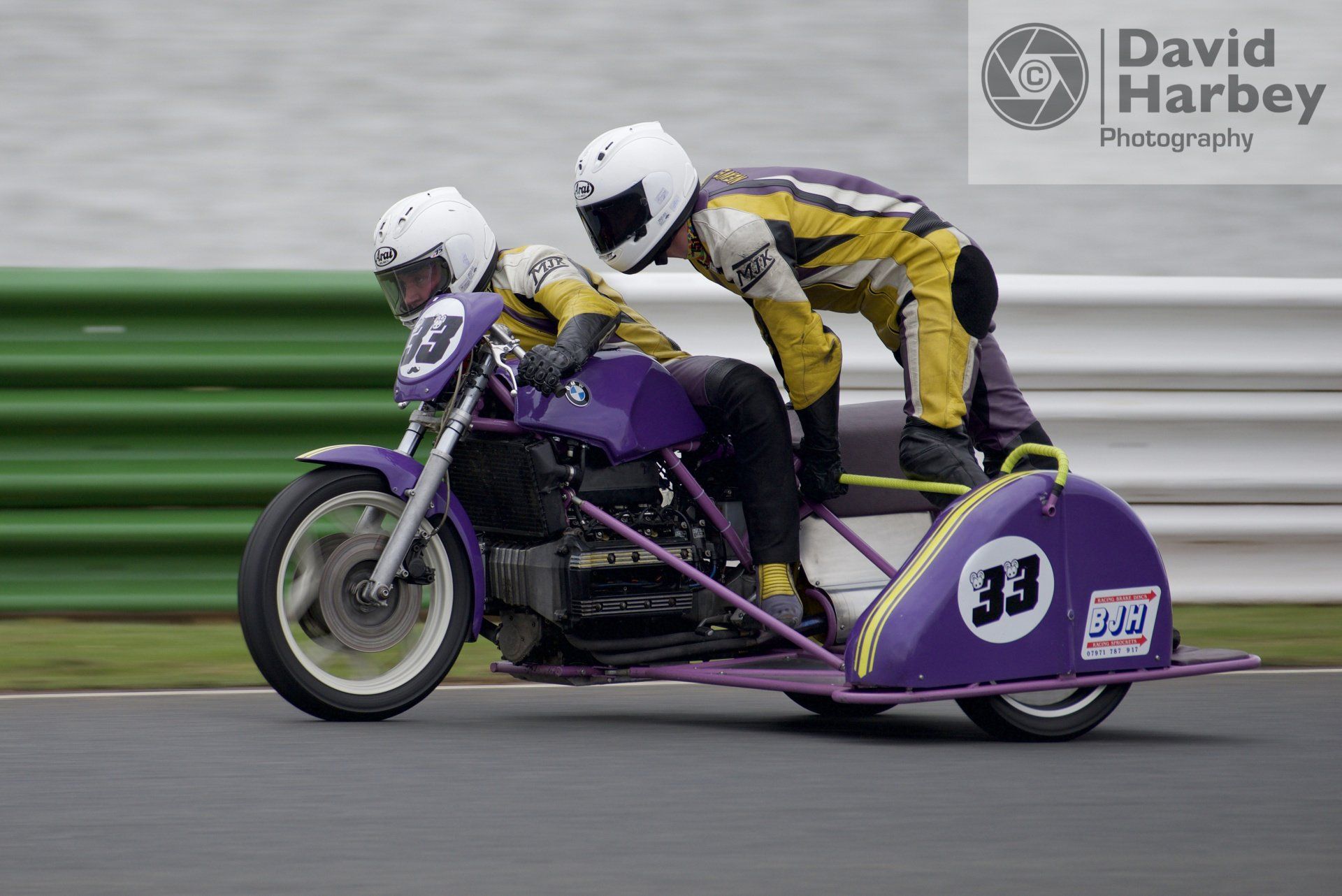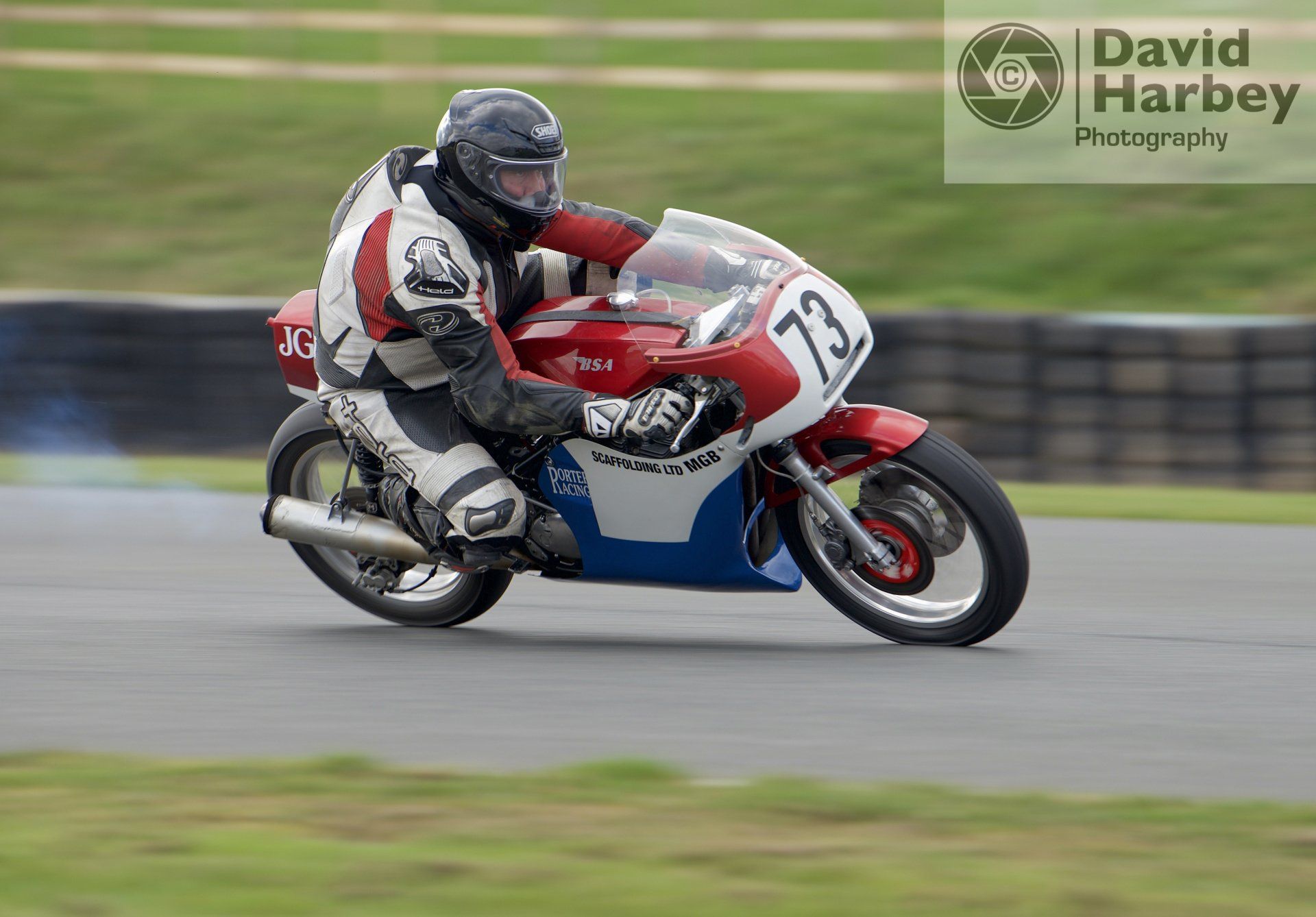The first one is vibration reduction that is built into most modern lenses and some camera bodies. There are various modes depending on the manufacturer, check your hand book or just go to the track and try them out and work out what is best for you.
For up to 200mm I don’t bother with VR; for long range sniping I select a sports mode this is called Normal on a Nikon, active is used when you are in a vehicle. This reduces the VR in the camera viewfinder, helping you with tracking and also the image hitting the sensor.
The electronics are smoothing out the camera shake, allowing you to have a much lower shutter speed but not displaying the camera shake in the viewfinder helping you judge the speed of the vehicle correctly.


